How to fix missing Schema properties: ‘offers’ should be specified
Google requires that all products have either ‘offers‘, 'review‘, or ‘aggregateRating‘ properties specified in their markup. The offers property informs Google about what you are selling. So, by informing Google about your products, you increase the chance to get rich results. Examples of the questions that correct structured data markup answers are :
- What is the availability of the product?
- What is the price of the product?
- In which currency is the product available for purchase?
- What is the URL of the product?
- Does the price of your product expire at some point?
If you provide Google with this information, you increase the chance you will get rich results for your products. With the Yoast WooCommerce SEO plugin, it’s easy to fix the either ‘offers‘, ‘review‘, or ‘aggregateRating‘ should be specified error. You can read more about the offer schema piece that WooCommerce SEO adds to your product pages on the Yoast developer blog.
Fixing the missing offers Schema property from the “either ‘offers’ ‘review’ or ‘aggregateRating’ should be specified” error
Yoast WooCommerce SEO automatically adds the correct offers Schema to your products. However, you need to provide the correct information in the WooCommerce settings. More precisely, you will need to add information about the price and the availability of your products. To add the required information to a product, follow these steps.
- Open the product you want to add the properties to from the Products overview in your Backend.
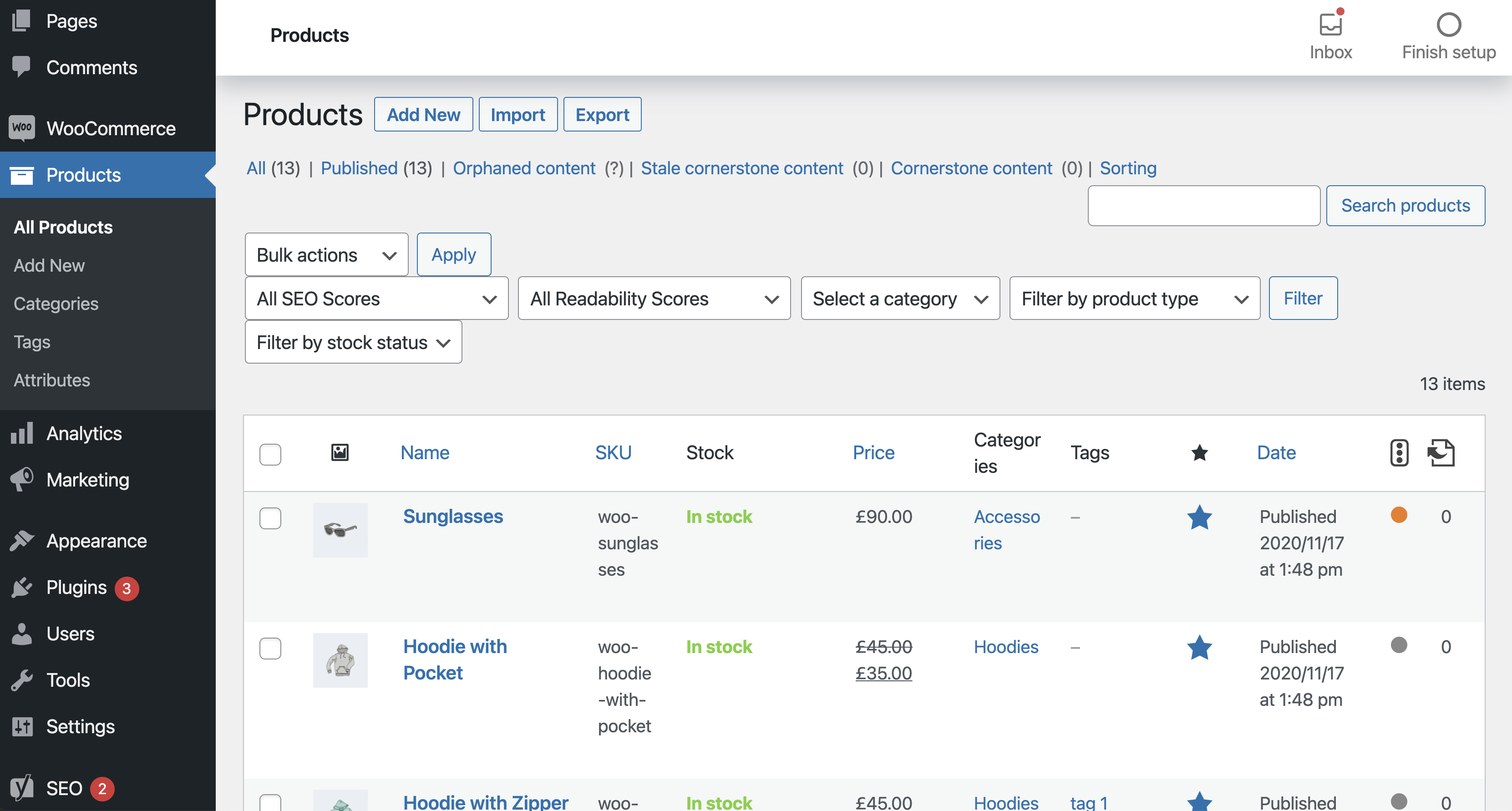
- In the Product editing screen, scroll down to the WooCommerce meta box.
You will see the meta box with the General tab already open by default.
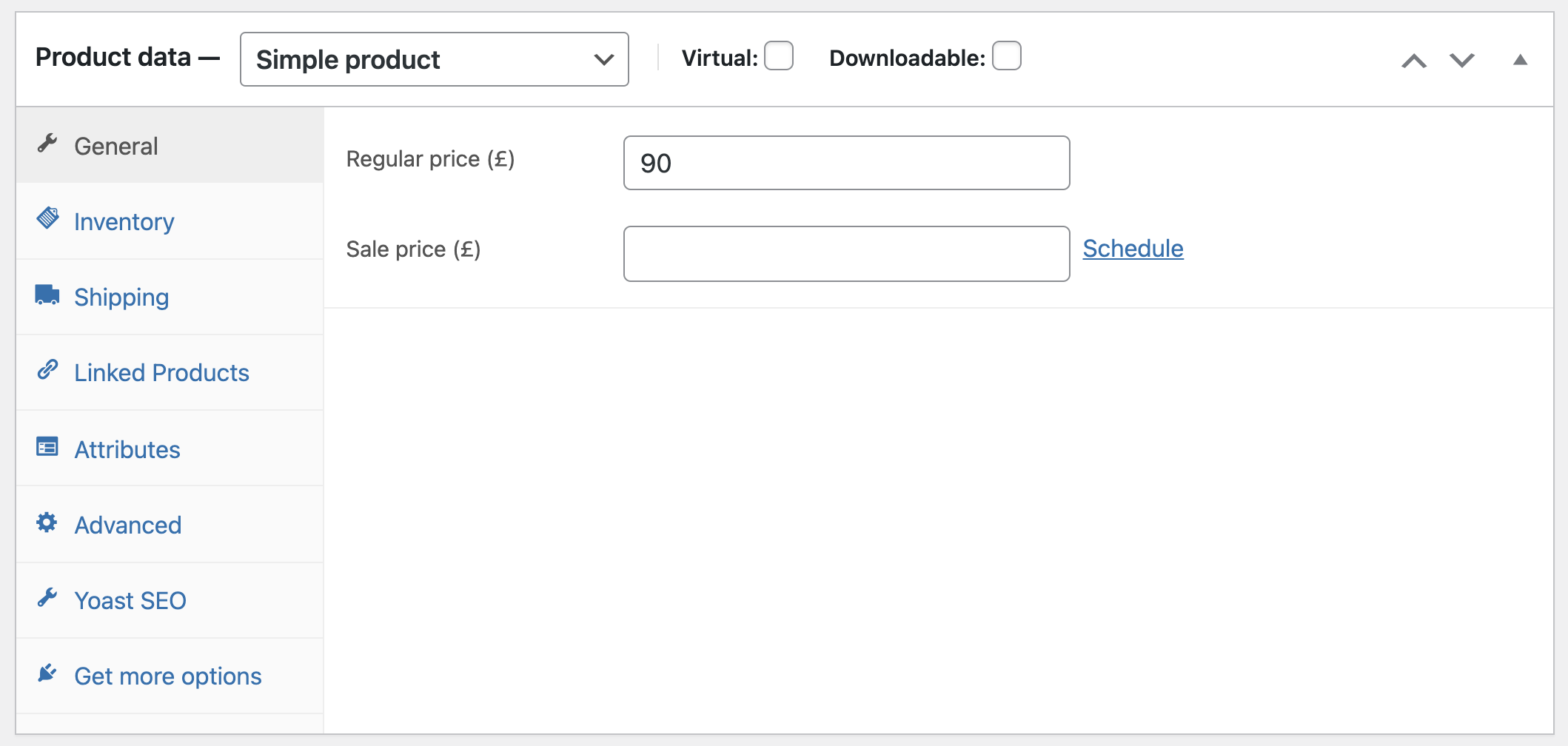
- In the General tab, add the price of the product in the appropriate field.
You can add just the Regular price. The Sale price is optional (it only applies if you have a sale on your site).
- Click on the Inventory tab in the meta box to reveal its options.

- Fill in the stock status field (outlined in the image below) by selecting an option form the drop-down box.
Besides In Stock, you can also choose Out of stock or On backorder.

- Click the Update button at the top of the product editing screen to save the changes.
WooCommerce SEO will use the information you filled in to output the correct Schema properties.
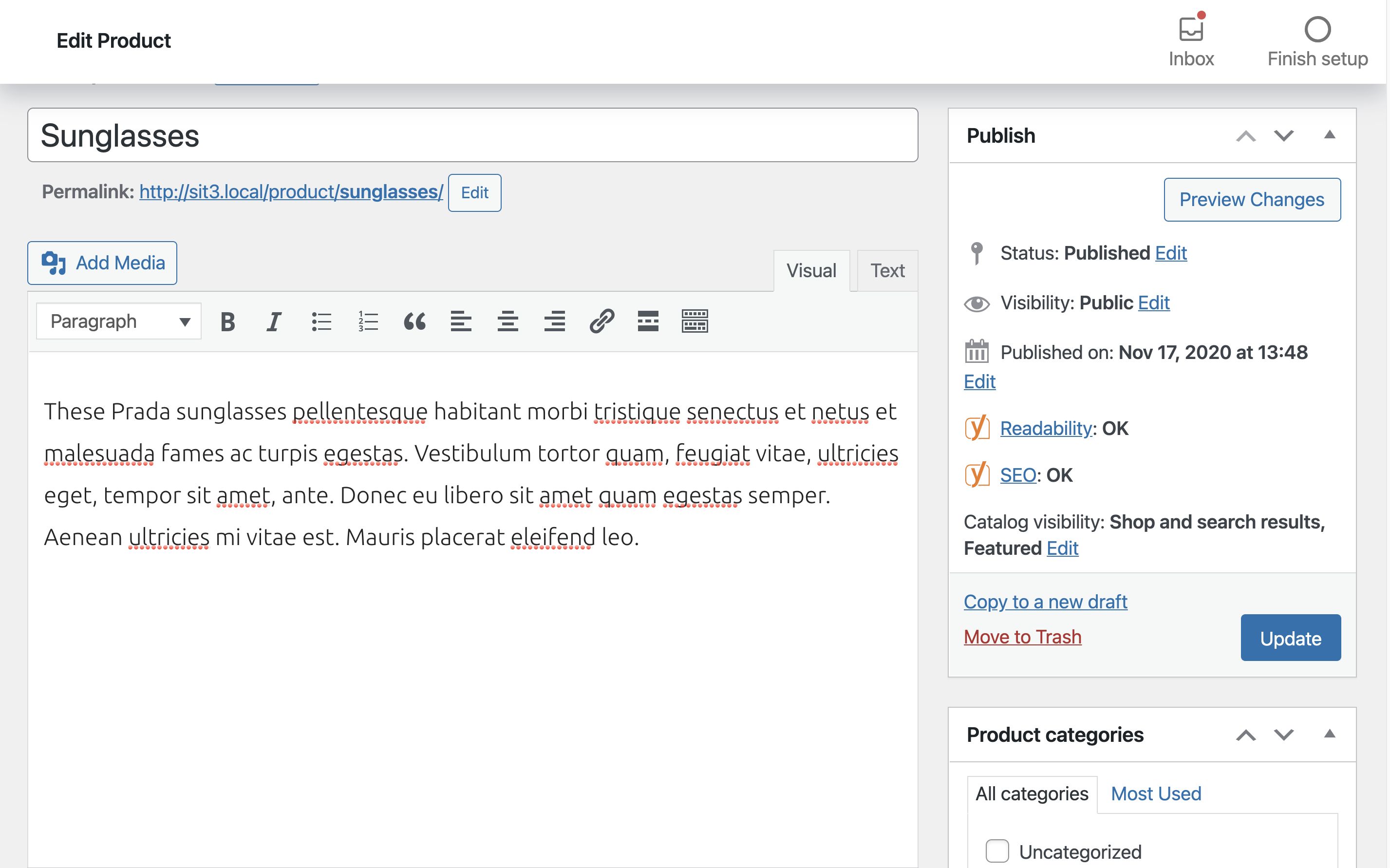
- Go to the WooCommerce menu item in the Admin menu, and select Settings.
The settings screen will open, and you will see the General tab setting by default.

- In the General tab, scroll all the way down to the Currency options and set the correct currency.
If you need to, adjust the other available settings as well. To see what each setting does, hover the mouse over the question mark icon.
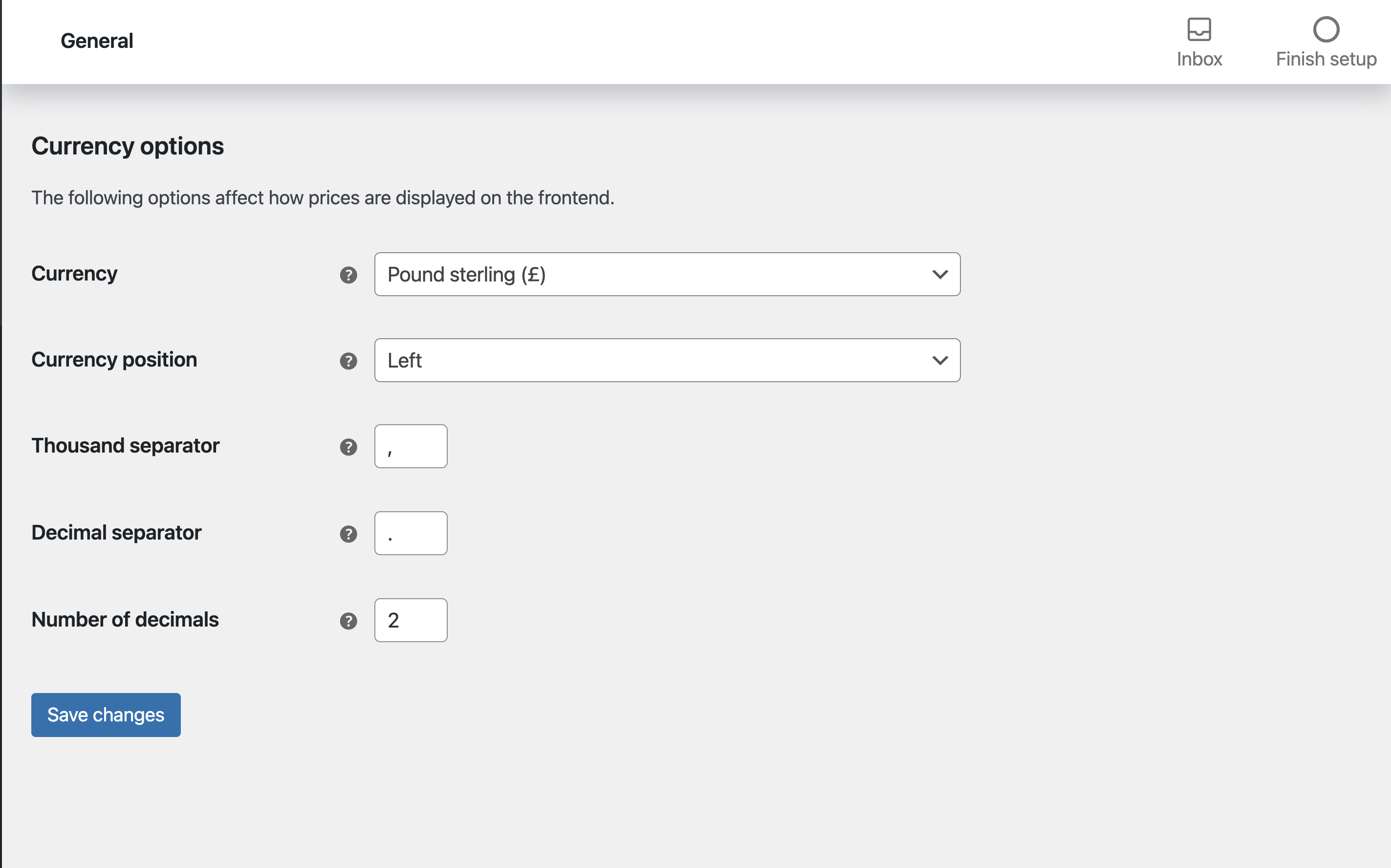
- Click Save changes.
- Scroll back to the top of the screen until you see all the tabs in the Settings and select the Tax tab.
The tax settings will open.
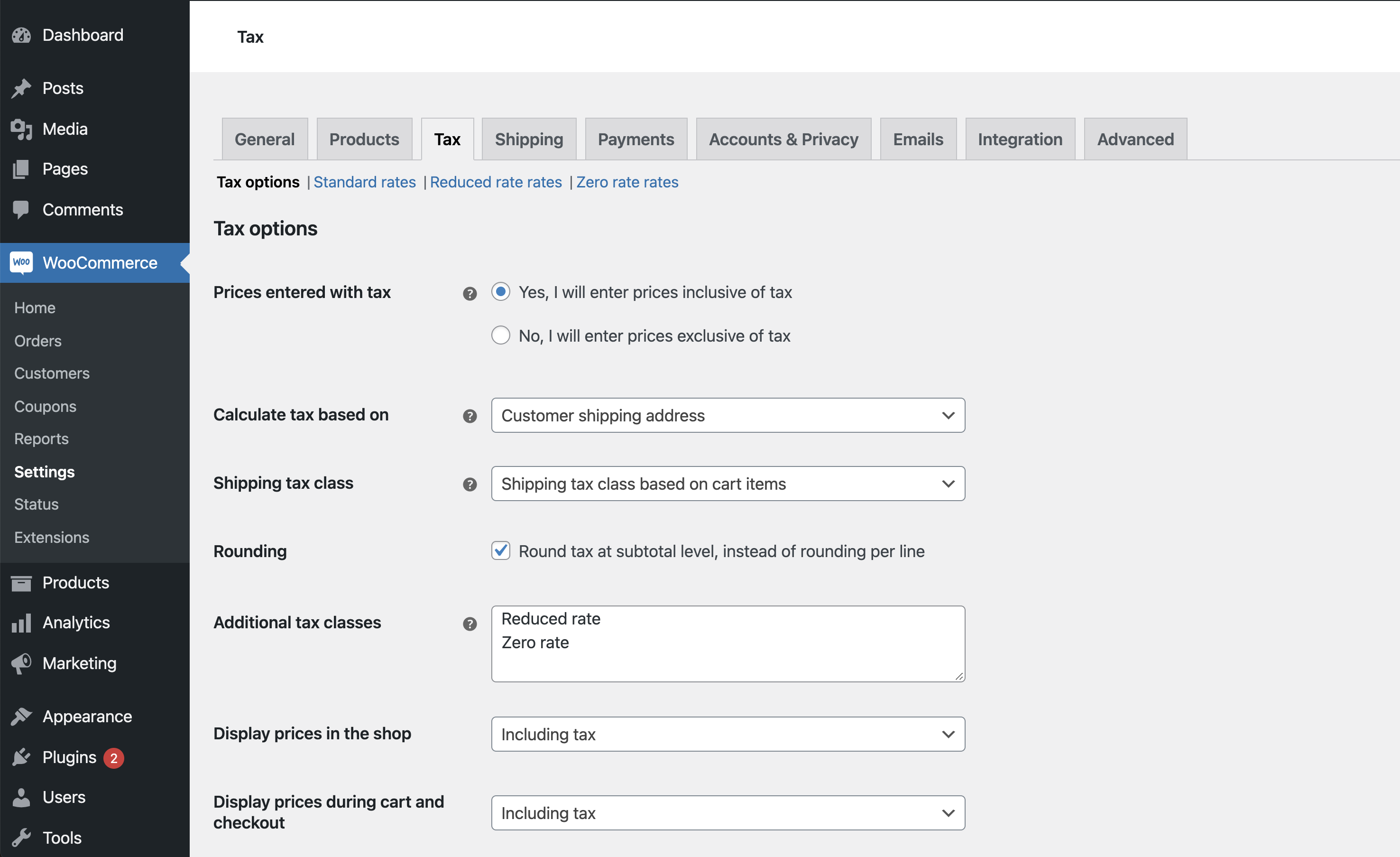
- Check if the Tax settings are correct and they apply to your situation. If not, edit where necessary.
You can use the question marks icons to see more information about each of the settings.
- Once you are done, click Save changes.
And that’s how you can fix the missing offers property! Want to get even more for your products? Get WooCommerce SEO!
Use the WooCommerce SEO plugin to solve this issue and more!
Get best practice technical SEO for ecommerce, automatically! And make your products stand out in the search results.



